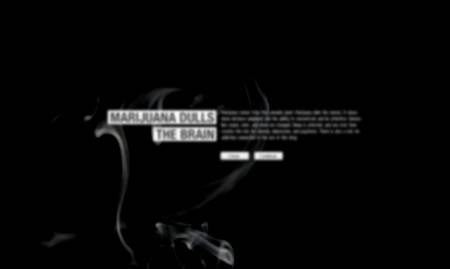Advertising: Death by Web 2.0?
Andrew Keen is a well known critic of the whole Web 2.0 user generated („communistic“) cult of the amateur that is shaping our media consumption („prosumption“) these days.
Now, on Ad Week, he contributed an Op Ed about Web 2.0 being the death of advertising. It is quite a rant, you’ll be amazed:
Web 2.0 is, in truth, the very worst piece of news for the advertising industry since the birth of mass media. In the short term, the Web 2.0 hysteria marks the end of the golden age of advertising; in the long term, it might even mark the end of advertising itself.
At first I thought he must be joking. And then I looked up his name on Wikipedia – finding out that he must be serious about these things.
Don’t get me wrong – the new media production and consumption setup has changed (and will continue to change) and has had an effect on the advertising business. But instead of complaining about it, we should look at the possibilities and opportunities of the new landscape.
Many of the new technology enabled trends are somewhat user friendly, if not at least user-centric. So why should we not adopt and keep them? Really, there is no time for complaining. It’s a no brainer, that (mostly) bad advertising was first to adopt the new setup. Now we should try to figure out how to continuously create good advertising given the new circumstances.
Let’s not sit there like the music industry (as Andrew Keen writes):
Evidence of the crisis of mass media is depressingly ubiquitous. The recorded music business is in free-fall, the tragic victim of mass digital kleptomania.
There are alternative ways to sell music, Steve Jobs proved it with iTunes. A much more user centric model. Might not yield as high a margin as selling CDs in heavy jewel cases transported across the globe, but that’s the way it goes. Horse carriages were out of fashion at some point, too. Musicians like Madonna and Radiohead seem to get it.
The next couple of quotes are amazing:
What Web 2.0 is doing, compounded by the online consumer’s shrinking attention span and his or her hostility towards the „inauthenticity“ of commercial messages, is radically deflating the value of advertising. […]
As the scarcity of mainstream media is replaced by the abundance of Web 2.0’s user-generated content, advertising itself is being painfully commoditized. […]
No new technology—neither the false dawn of mobile, nor the holy grail of personalized, targeted advertising—is going to save the advertising business now. No, the truth is that advertising can only be saved if we can re-create media scarcity. That means less user-generated content and more professionally created information and entertainment, less technology and more creativity. The advertising community desperately needs more gatekeepers, more professional creative authorities, more so-called media „elites“ who will curate, filter and organize content. That’s the way to re-establish the value of the message. It’s the one commercial antidote to Web 2.0’s radically destructive cultural democracy.
It almost sounds like advertising is a form of art worth protecting for its own good.
Instead, the value of the message should come from relevance, in terms of content, targeting and timing – and of course the creative idea! (This, by the way, has always been the case. But not all advertising in the past has had good content, targeting or timing. Nevermind a creative idea.) A valuable message should still resonate, even when surrounded by a cacophony of user generated clutter.
Only now it is not so easy to spread bad advertising any longer, because the audience has more choices and more control.
What do you think people have thought about bad advertising in the last 50 years? Yes, they fast forwarded, or got a new drink from the fridge, or switched the channel. Or cursed at the TV. Or flicked over to the next page. Bad advertising always existed, and yes, it has always been a pain.
Good advertising, however, has (almost) always found the attention of the audience. And it still does. It has even become a lot easier for the audience to seek and find the content of those campaigns that they’re really interested in. At any time of the day. And it has become much easier to share good advertising, forwarding the content, (clips, emails, site URLs) to their friends.
While Web 2.0 has made it much more difficult for traditional advertising mechanism to work or break through the increasing clutter, there is also a lot of opportunity, new ways for attracting and involving users. Sometimes even beyond what traditional advertising mechanisms are capable of delivering.


 Wo ich sonst so bin...
Wo ich sonst so bin...